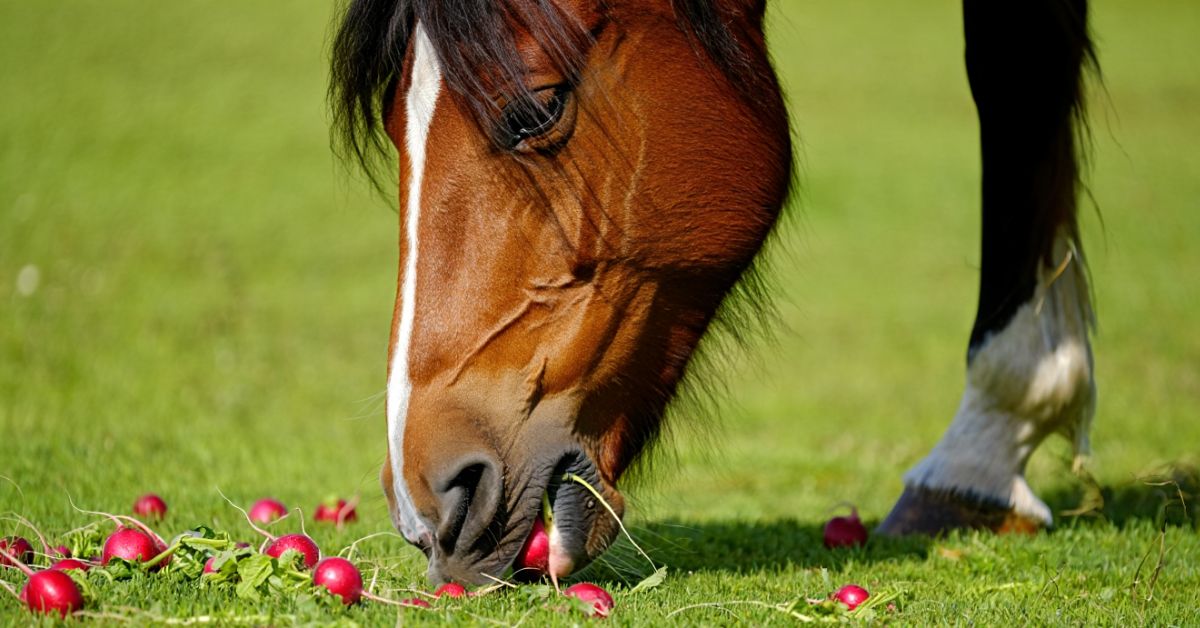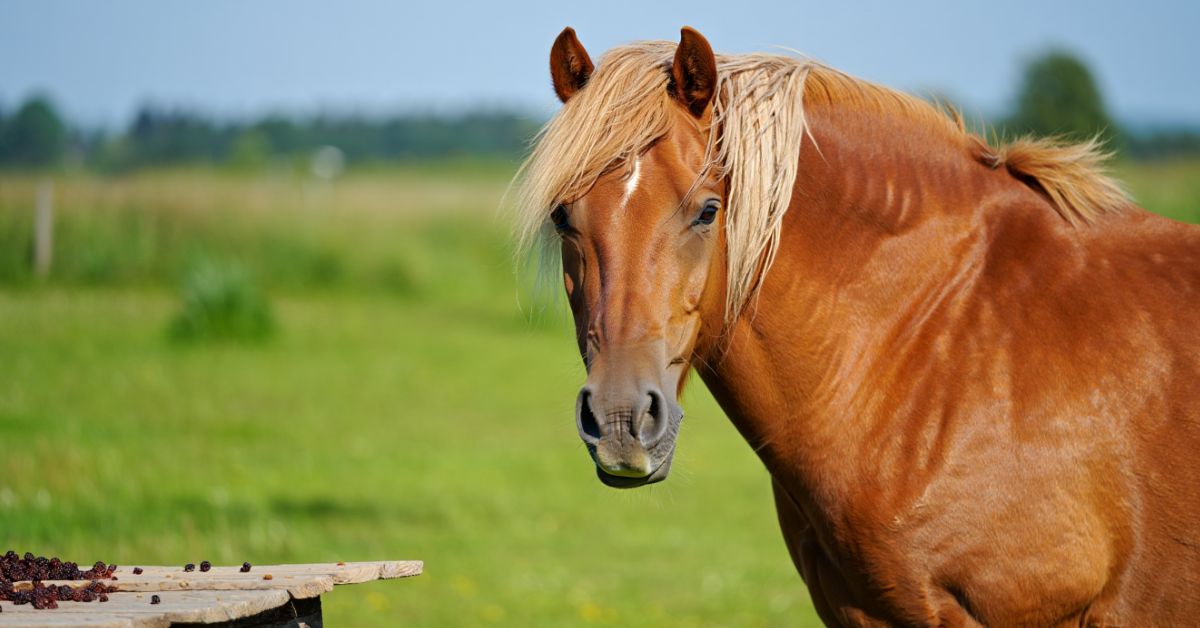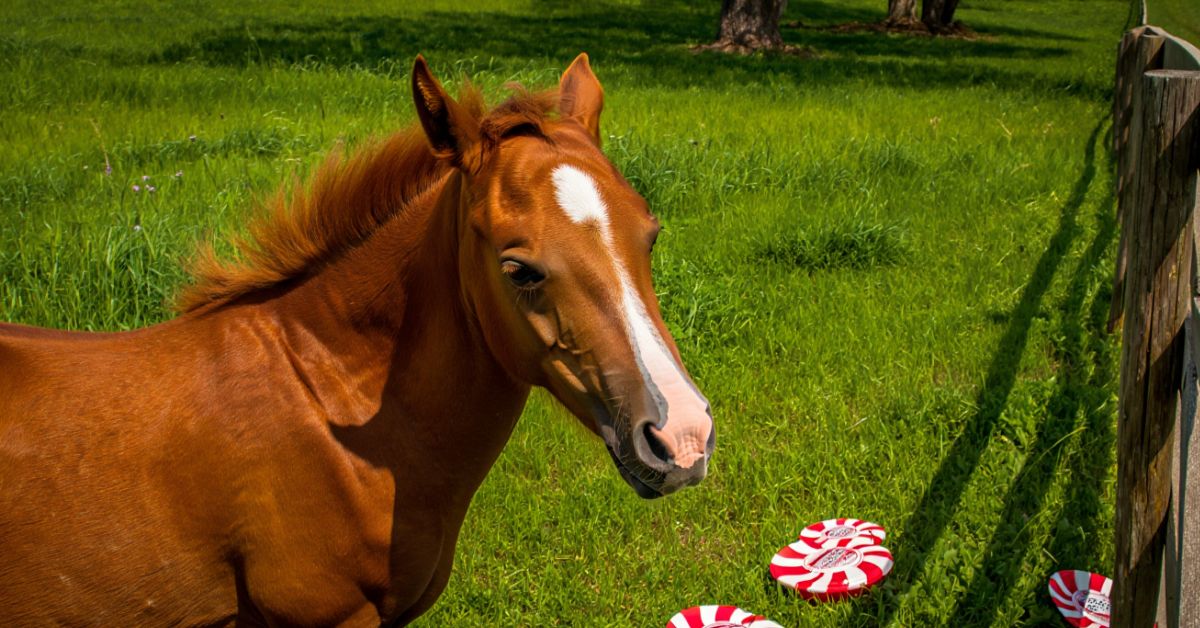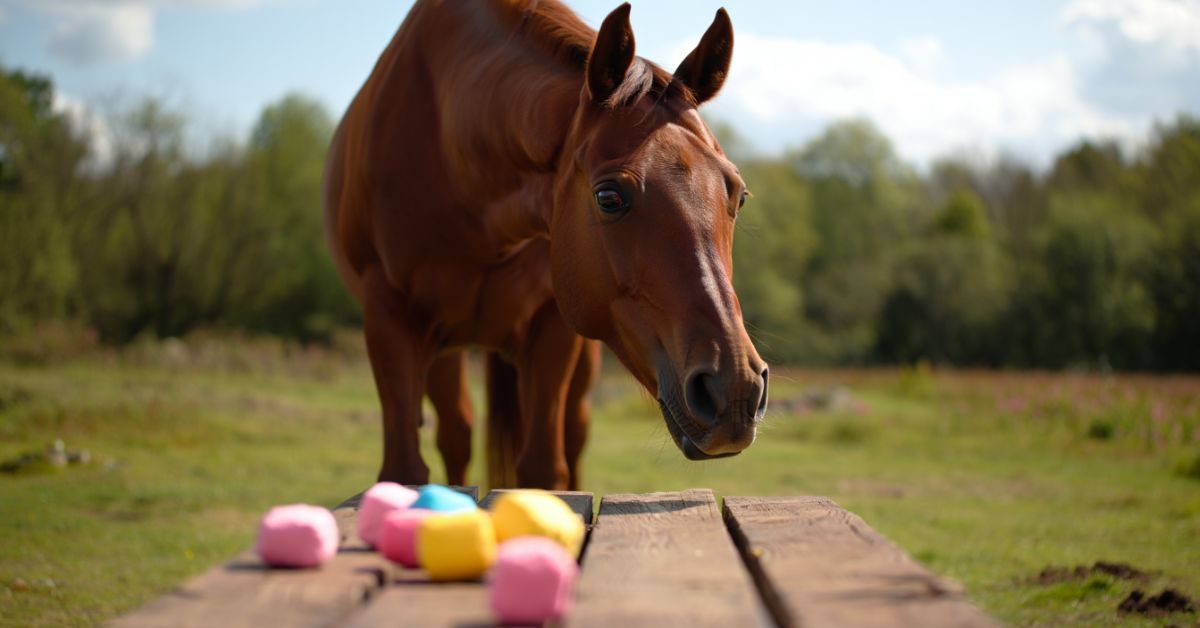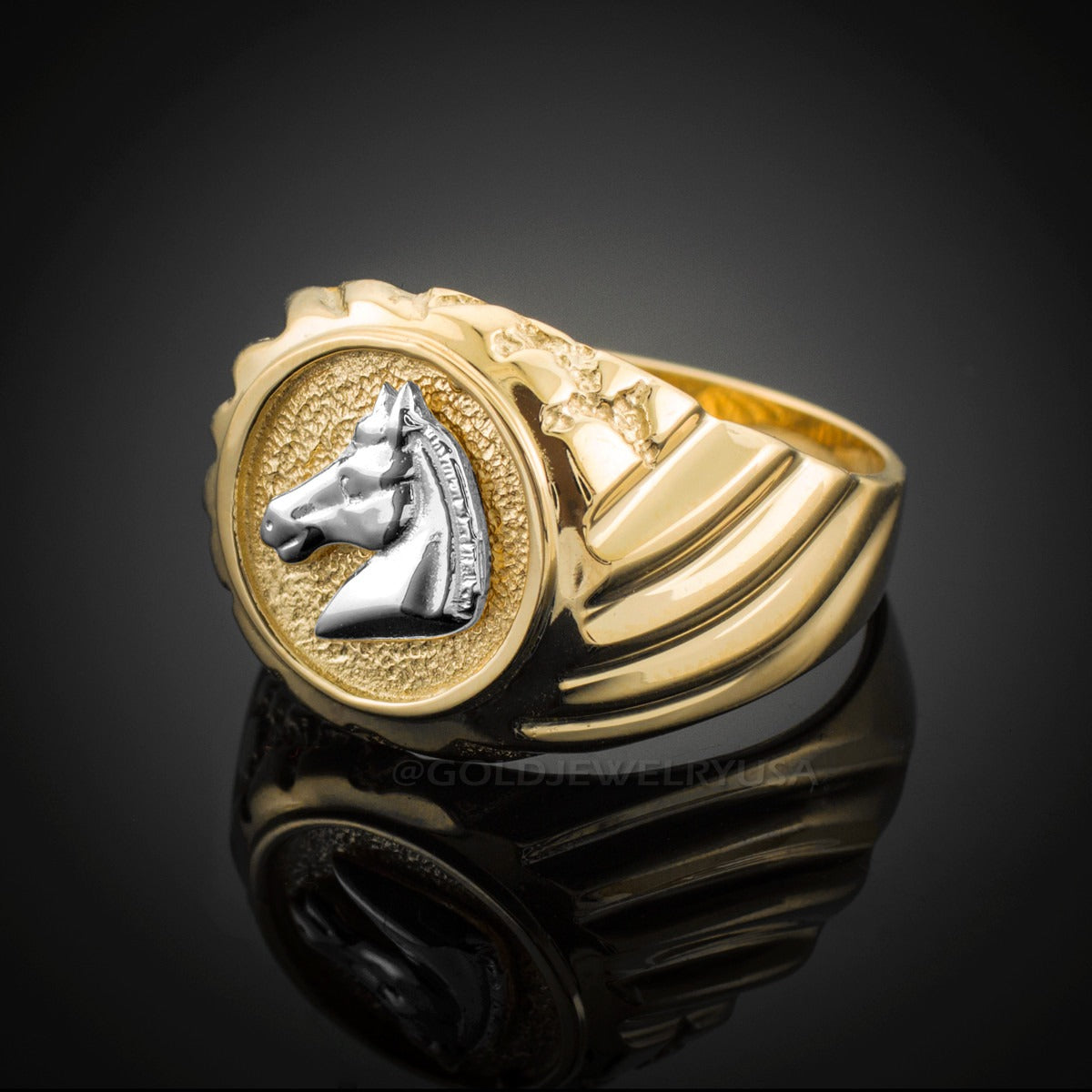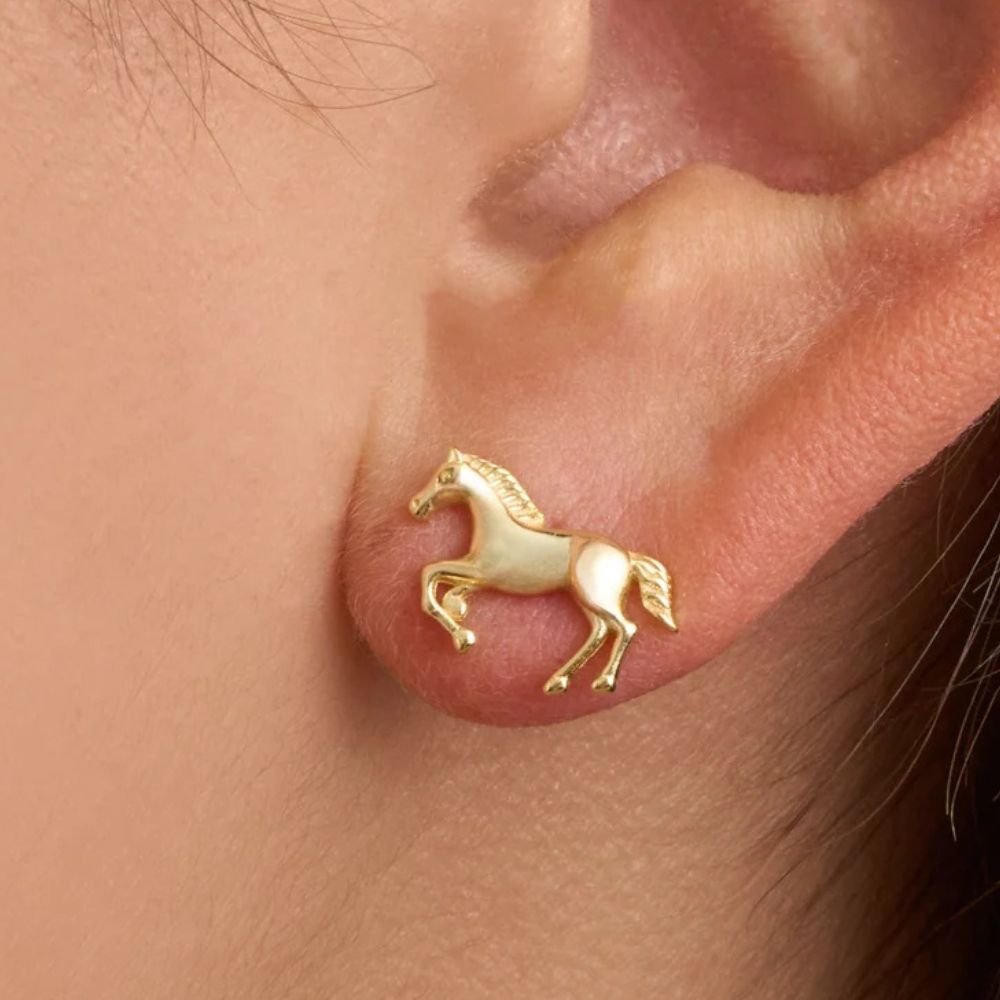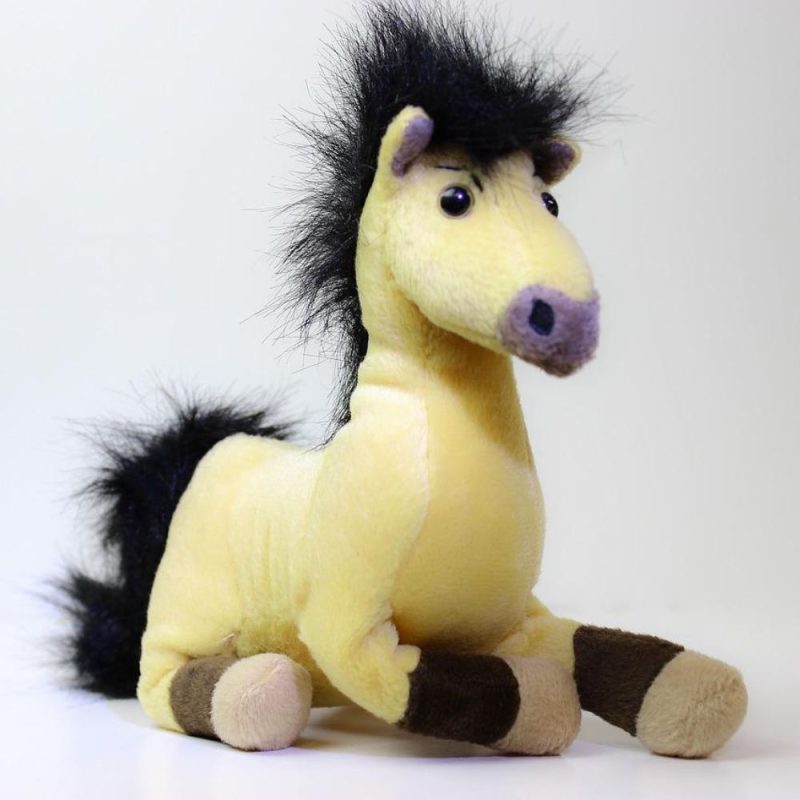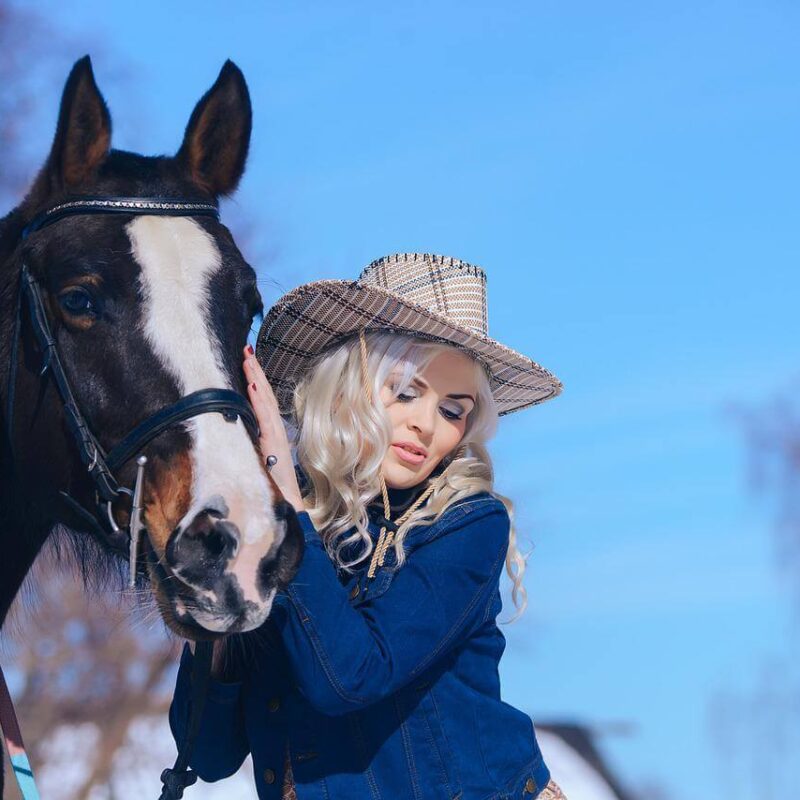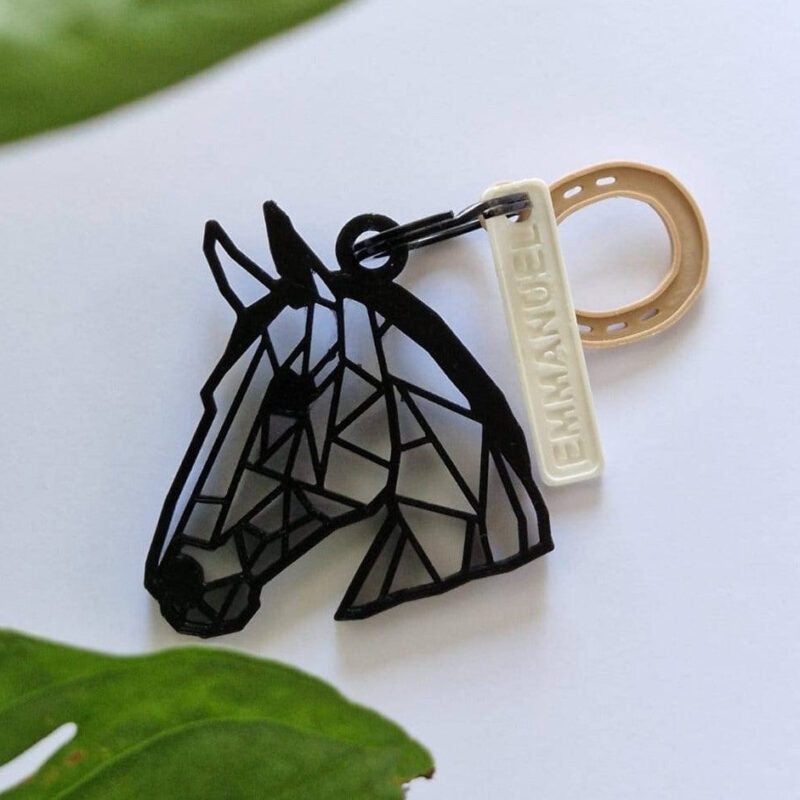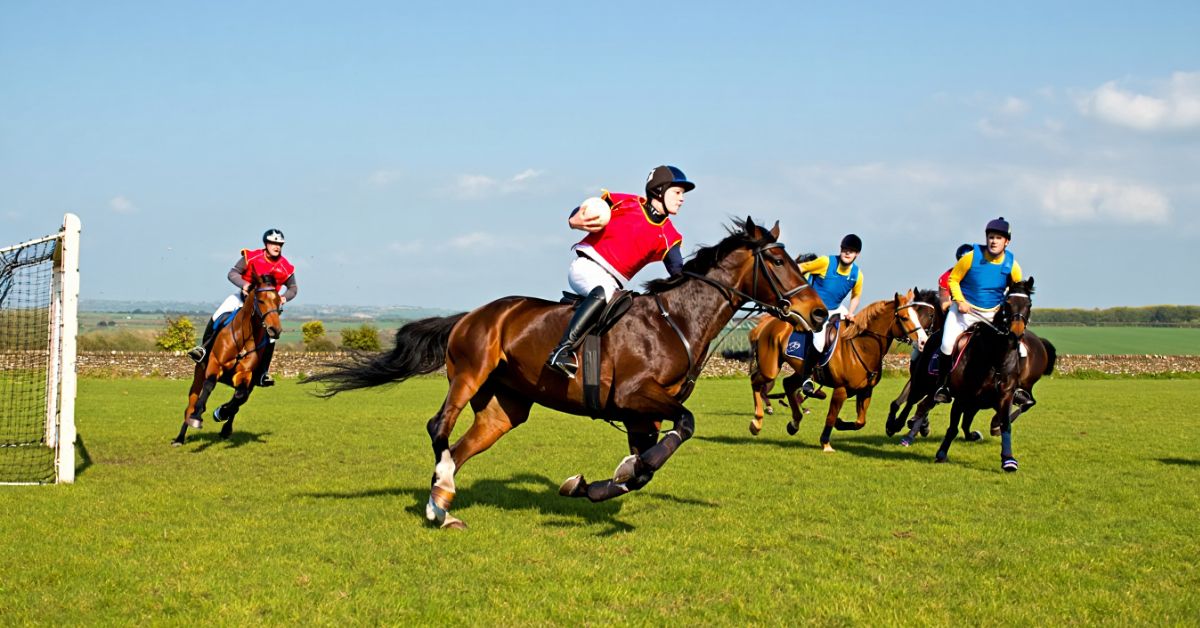
What is Horse Ball: The Ultimate Guide to This Thrilling Equestrian Sport
What is Horse ball? Imagine basketball meets rugby, but everyone's on horseback galloping at full speed—that's the electrifying essence of this equestrian sport! Horse ball is a fast-paced mounted sport where two teams of six riders compete to score goals by throwing a ball with handles through elevated hoops at opposite ends of the field. Born in France during the 1970s, this equine sport has exploded into an international phenomenon, combining athleticism, strategy, and that undeniable bond between horse and rider. Whether you're already passionate about equestrian games or just discovering the diverse world of competitive riding, horse ball offers an adrenaline-pumping spectacle that showcases teamwork on horseback like nothing else. At Dream Horse, we celebrate every facet of the equestrian lifestyle, and understanding sports like horse ball deepens your appreciation for the incredible versatility of our four-legged partners.
History of Horse Ball: From French Fields to Global Arenas 🌍
The Birth of a Revolutionary Sport
The origins of Horse ball trace back to 1970s France, when captain Jean-Paul Depons developed the game as a dynamic training exercise for cavalry members. The sport was officially recognized in 1978, and by 1982, France held its first national championship. What started as military conditioning quickly transformed into a competitive equestrian sport that captivated riders across Europe.
"Horse ball is the perfect combination of speed, skill, and the extraordinary connection between horse and rider," noted renowned equestrian trainer Claire Morrison in 2019.
International Expansion and the FIHB
The FIHB (Fédération Internationale de Horse Ball) was established in 1992 to govern this rapidly growing sport globally. Today, international Horse ball competitions attract teams from over 11 countries, including France, Portugal, Spain, Italy, Belgium, and even Argentina. The first World Championships took place in 1995, cementing horse ball's status as a legitimate international mounted sport.
Modern Horse ball has evolved significantly since its inception, with standardized rules implemented in 2002 and continuous refinements to enhance safety in Horse ball while maintaining the sport's thrilling intensity. The Horse ball championship circuit now includes European Championships, World Championships, and numerous national tournaments that draw thousands of spectators annually.
Timeline of Major Milestones
The evolution of this equine sport includes several pivotal moments:
-
1978: Official recognition in France
-
1992: Formation of the FIHB
-
1995: First World Championships
-
2002: International rule standardization
-
2010: Introduction of youth development programs
Rules of Horse Ball: How This Fast-Paced Game Actually Works ⚡
Basic Gameplay and Objectives
So, how to play Horse ball? The fundamental objective is straightforward: score more goals than your opponents within the match duration. Each team fields four riders on the field of play Horse ball at once, with two substitutes ready on the sidelines. The rectangular playing field measures approximately 65 meters by 25 meters—about the size of a basketball court but designed for galloping horses!
Goal scoring in Horse ball requires a minimum of three consecutive passes between teammates before attempting to shoot through the elevated hoop. This rule ensures that teamwork on horseback remains central to the game's strategy. The hoop sits at a height of 3.5 meters, demanding precision and timing.
The Unique Ball and Pickup Technique
The Horse ball ball itself is distinctively designed with six leather handles attached to a standard-sized ball (similar to a soccer ball). These handles are crucial for the game's signature move: picking up the ball Horse ball style. When the ball hits the ground, riders must lean down from their saddles—sometimes at full gallop—to grab one of the handles without dismounting. This spectacular maneuver, performed using the cradle Horse ball position, showcases incredible equestrian skills and balance.
The ball weighs approximately 500 grams and must be passed using only the hands—never kicked or hit with equipment. Passing in Horse ball follows strict protocols: drops and fumbles are common, adding to the game's unpredictable excitement!
Essential Rules Every Player Must Know
Understanding the rules of Horse ball is critical for both players and spectators:
Passing Requirements: Before scoring, teams must complete at least three passes between different players. This encourages strategic play rather than individual rushes.
Physical Contact: Limited contact is permitted, but aggressive actions like grabbing reins, striking opponents, or dangerous riding result in Horse ball penalties. The sport emphasizes skillful play over physical dominance.
Time Structure: Matches consist of two 10-minute periods with a 3-minute halftime break. In championship play, overtime periods may be added if scores are tied.
Substitutions: Teams can substitute players during stoppages, allowing fresh riders and horses to maintain high-energy performance throughout the match.
The 10-Second Rule: A team cannot hold possession for more than 10 seconds without attempting a pass or shot, keeping the action constantly flowing.
Horse Ball Positions and Team Strategy
Horse ball positions mirror traditional team sports with specialized roles. The Horse ball team typically includes attackers (forwards), defenders, and a pivot player who orchestrates offensive plays. Each Horse ball player develops expertise in specific areas—some excel at catching the ball on horseback, while others specialize in defensive maneuvers or precision shooting.
Successful Horse ball tactics require seamless coordination. Teams practice elaborate passing sequences, defensive formations, and quick transitions between offense and defense. The skill requirements Horse ball demands are extraordinary: riders must possess expert horsemanship, hand-eye coordination, strategic thinking, and split-second decision-making abilities.
Horse Ball Equipment: What You Need to Play This Dynamic Sport 🏇
Essential Gear for Riders
Training for Horse ball requires specialized equipment designed for safety and performance. Let's explore what every Horse ball rider needs:
The Horse Ball Saddle: Unlike traditional English or Western saddles, the Horse ball saddle features reinforced construction with deep seats and prominent knee rolls. These saddles provide maximum security during sharp turns, sudden stops, and those dramatic lean-downs to pick up the ball Horse ball style. The saddle's design allows riders to shift their weight dramatically without losing balance or security.
The Horse Ball Harness: Horses wear specific protective gear including boots, bell boots, and specialized Horse ball harness systems. The reins attach to a hackamore or gentle bit, allowing precise control while protecting the horse's mouth during intense gameplay. Breast collars and cruppers keep saddles secure during rapid directional changes.
Protective Equipment: Riders wear helmets (mandatory), gloves for better grip, and often protective vests. Knee protectors are common since riders' legs frequently contact opponents during legal bumping maneuvers. Some players wear back protectors for added safety.
Horse Selection and Training
Not every horse suits horse ball! The ideal horse ball mount combines speed, agility, courage, and a calm temperament. Horses must tolerate close contact with other horses, sudden movements, and the chaos of competition. Breeds commonly seen include sport horses, warmbloods, quarter horses, and athletic mixed breeds.
Horse ball technique training begins with desensitization—horses learn to accept balls bouncing near them, riders leaning precariously from saddles, and the excitement of team play. Progressive training builds the horse's fitness, responsiveness to aids, and ability to work in tight spaces alongside other horses.
Field Setup and Infrastructure
The field of play Horse ball requires specific infrastructure. Goal posts with elevated hoops stand at each end, with clearly marked boundaries. The playing surface should provide good footing—neither too hard nor too deep—to prevent injuries while allowing horses to gallop safely.
Modern facilities often include spectator seating, warm-up areas, and proper lighting for evening matches. Championship venues invest in high-quality surfaces and professional-grade goal systems that meet FIHB standards.
Horse Ball vs. Other Equestrian Sports: What Makes It Unique? 🎯
Differences Between Horse Ball and Polo
Many people ask about the differences between Horse ball and Polo, as both involve team competition on horseback with ball handling. However, these sports are distinctly different:
Equipment: Polo uses mallets to strike a small hard ball, while horse ball players catch and throw a ball with handles using only their hands. Polo-crosse similarly uses sticks with nets, creating another point of differentiation.
Pace and Contact: Horse ball allows more physical contact between riders and emphasizes ground ball pickups—that spectacular catching the ball on horseback move that defines the sport. Polo focuses on stick-and-ball skills with less rider-to-rider contact.
Accessibility: Horse ball is often considered more accessible for riders transitioning from other disciplines since it doesn't require developing new equipment skills (like mallet or stick handling). The sport welcomes riders from dressage, jumping, eventing, and recreational backgrounds.
Mixed Teams: Horse ball is proudly a mixed equestrian sport, with men and women competing together on equal footing. This inclusivity distinguishes it from many traditional equestrian games and reflects modern values of equality in sport.
The Unique Appeal of Horseball
What sets horse ball apart within mounted sports? The combination of elements creates something truly special. The sport demands equestrian skills across multiple dimensions—riders need the balance of eventers, the precision of dressage riders, the courage of jumpers, and the competitive fire of racers.
The teamwork on horseback aspect adds psychological depth missing from individual disciplines. Horse ball players must communicate constantly, anticipate teammates' movements, and subordinate personal glory to team success. This collaborative spirit creates powerful bonds between teammates and fosters a supportive community atmosphere.
Furthermore, understanding Horse ball reveals its spectator-friendly nature. Unlike dressage or cross-country eventing, spectators easily grasp the objectives and can follow the fast-paced action. The sport's visual drama—galloping horses, athletic pickups, and high-flying goals—makes it exceptionally entertaining for both equestrian enthusiasts and general sports fans.
Training Requirements and Skill Development
The skill requirements Horse ball imposes separate casual participants from serious competitors. Elite Horse ball riders train extensively in multiple areas:
Horseback Agility: Riders practice quick starts, stops, turns, and lateral movements. The ability to position your horse precisely in crowded spaces proves essential during competitive play.
Hand-Eye Coordination: Catching the ball on horseback while moving at speed requires exceptional timing and spatial awareness. Players spend hours practicing catches, throws, and that signature ground pickup using the cradle Horse ball technique.
Physical Fitness: Despite being mounted, horse ball demands significant physical conditioning. Riders need core strength for balance, arm strength for throwing, and cardiovascular endurance for sustained high-intensity play.
Strategic Thinking: Horse ball tactics involve reading the game, anticipating opponents' moves, and executing planned plays under pressure. Coaches develop complex strategies that players must memorize and adapt in real-time.
Getting Started with Horse Ball: Your Path to Playing 🌟
Finding Opportunities Near You
Interested in experiencing horse ball firsthand? Start by researching local clubs through the FIHB website or national equestrian federations. Many riding centers now offer horse ball clinics and beginner sessions, especially in Europe where the sport has strongest roots.
International Horse ball competitions welcome spectators, providing excellent opportunities to watch top-level play before committing to participation. Major championships typically occur during spring and summer months, with regional tournaments throughout the year.
Beginner Training Programs
Most clubs offer structured introduction courses covering:
Basic Handling: Learning to pick up the ball Horse ball style safely, first at a standstill, then at walk, and eventually at faster gaits.
Passing Drills: Developing accuracy and timing in passing in Horse ball through repetitive exercises with teammates.
Positional Play: Understanding Horse ball positions and how to execute specific roles effectively.
Game Awareness: Reading play development, anticipating ball movement, and positioning strategically.
Safety Protocols: Mastering safety in Horse ball through proper equipment use, controlled riding, and respecting boundaries.
Building Your Horseball Journey
Training for Horse ball progresses gradually. Beginners often start with slow-paced scrimmages focusing on fundamental skills before advancing to competitive matches. The learning curve varies—experienced riders adapt quickly, while newcomers to riding may need additional time developing basic horsemanship before adding horse ball complexities.
"The beauty of horse ball lies in its ability to challenge riders at every level while fostering an inclusive, team-oriented community," explained international Horse ball coach Marcel Fontaine in 2021.
Many Horse ball players balance this sport with other equestrian disciplines, finding that skills transfer beneficially across activities. The sport's emphasis on lightness, responsiveness, and partnership enhances all aspects of horsemanship.
The Community Aspect
Beyond athletic competition, horse ball cultivates vibrant communities. Teams socialize extensively, traveling together to Horse ball competitions and supporting each other's development. The mixed equestrian sport nature creates diverse, inclusive environments where riders of all backgrounds connect through shared passion.
Youth Development and Future Growth
Modern Horse ball increasingly emphasizes youth participation, recognizing that engaging young riders ensures the sport's future. Junior programs introduce children to horse ball technique through age-appropriate activities, building skills progressively while prioritizing fun and safety.
The sport's future looks bright, with expanding participation in South America, potential growth in North America, and continued strength in European strongholds. As more riders discover what is Horseball and experience its unique thrills, the global Horse ball community continues expanding.
Frequently Asked Questions on Horse Ball 🤔
What is the main objective in Horse Ball?
The primary goal in horse ball is scoring more points than your opponent by throwing the ball through an elevated hoop. Teams must complete at least three passes before attempting to score, emphasizing teamwork on horseback over individual brilliance. Each goal counts as one point, and the team with the most points after regulation time wins.
How many players are on a Horse Ball team?
A Horse ball team consists of six players total: four active riders on the field and two substitutes. Teams can substitute players during stoppages to keep horses and riders fresh throughout the match. All team members must develop proficiency in multiple Horse ball positions since roles often rotate during play.
Can anyone learn to play Horse Ball?
Absolutely! While horse ball demands certain equestrian skills, clubs welcome riders of varying experience levels. Beginners start with foundational training focusing on ball handling and basic game concepts. The sport's inclusive nature as a mixed equestrian sport means riders of all genders and backgrounds can participate. Training for Horse ball accommodates different learning paces, making it accessible to motivated learners.
What makes Horse Ball different from Polo?
The differences between Horse ball and Polo are significant. Horse ball players catch and throw the ball using only their hands, while polo players use mallets to strike the ball. Horse ball emphasizes ground ball pickups and allows more physical contact between riders. Additionally, horse ball features mixed-gender teams and generally has lower entry barriers than polo, making it more accessible to recreational riders.
What type of horse is best for Horse Ball?
The ideal horse ball horse combines speed, agility, intelligence, and bravery. While no specific breed dominates, sport horses, warmbloods, quarter horses, and athletic mixed breeds perform well. More important than breed is temperament—horses must tolerate close contact with other horses, remain calm amid chaos, and respond quickly to rider cues. Horse ball equipment like specialized saddles helps optimize performance regardless of horse type.
Is Horse Ball dangerous?
Like all equestrian sports, horse ball carries inherent risks associated with riding and competition. However, strict rules governing safety in Horse ball minimize dangers. Mandatory protective equipment, controlled contact rules, and Horse ball penalties for dangerous play all protect participants. Properly trained horses and riders with solid fundamentals experience relatively few serious injuries. The sport's governing bodies continuously refine safety protocols based on accumulated data and experience.
Where can I watch Horse Ball competitions?
International Horse ball competitions occur primarily in Europe, with France, Spain, and Portugal hosting major events. The Horse ball championship calendar includes European Championships, World Championships, and national tournaments. Many Horse ball competitions are filmed and shared online, making them accessible to global audiences. Check the FIHB website for competition schedules and streaming information.
How long does it take to learn Horse Ball?
Learning timelines vary significantly based on existing equestrian skills. Experienced riders might participate in scrimmages within weeks, while beginners need months developing both riding ability and horse ball technique. Most clubs recommend at least 6-12 months of consistent training before competitive play. Mastering advanced skills like reliable ball pickups at speed and sophisticated Horse ball tactics requires years of dedicated practice.
Understanding Horse ball opens your eyes to the incredible diversity within equestrian games. This dynamic equine sport showcases everything we love about horses—their athleticism, intelligence, partnership capabilities, and sheer beauty in motion. Whether you're inspired to try horse ball yourself or simply appreciate it as a spectator, you're now part of a growing global community celebrating this thrilling mounted sport!




